REVIEW: Sonic Superstars has many voices, but its own is the quietest
A hot and cold entry to Sonic's 2D legacy.
Ah, 2D Sonic. Such a long and storied series of games spanning from the 90s all the way until now. Yes, that’s right! We’ve finally been graced with a brand new 2D Sonic game following Sonic Mania’s release in 2017. Classic Sonic’s been through a lot in that period, softly reintroduced to the general public through the release of Sonic Origins, Sonic Superstars aims to bring this iteration of Sonic into the modern era with style. Sporting an entirely original set of levels and the promise of high-speed, intense platforming action, does Sonic Superstars deliver?
The first thing I noticed about Sonic Superstars was rudimentary, but important. The actual game feel. Unlike other past attempts, Sonic Superstars manages to craft controls and movement fluidity that feels right at home with the older titles. While it’s not as 1:1 as Sonic Mania felt, and there are multiple concessions made to better suit both the multiplayer and the level design (the spindash feels noticeably weakened), it’s so nice to play a Sonic game where the movement feels beautifully weighted and precise.
Acceleration is great, movement speed increases perfectly on inclines, and lining up precise jumps at angles feels VERY rewarding when enough speed is built up. It’s the foundation Classic Sonic games operate on, their very life essence: natural and organic-feeling momentum. The only hitches I ended up having with the handling were in some of the smaller details – like Knuckles’ gliding, in particular. Unlike the old games, gliding doesn’t accelerate up in speed the longer you go, and you can’t jump or spindash out of the landing frames, making what was once a very graceful feeling ability into something that feels clumsy, particularly in comparison to the other playable characters.
Of course, it wouldn’t be worth much without good stage design, and thankfully Sonic Superstars didn’t slouch here. While the pacing is very stop & go – perhaps more comparable to a game like Sonic CD rather than Sonic 2 – it works well with the slightly adjusted controls, and makes those moments where you’re going fast feel extra cool. However, I’ll admit that a lot of the time while playing I was truly wishing for a brisker pace in most of the stages. Many of them ran over 3 minutes, and while a learning curve is to be expected to quickly clear Sonic stages, these felt really lengthy even by that standard.
I should extend praise to the set pieces as well, as many of them are really unique and aren’t just limited to things like swings and pulleys. Sometimes you’ll ride a rickety, roaring speed rollercoaster. Sometimes you’ll be “pixelized” into a different creature entirely, and yes, you can of course ride a rocket or two. The game never feels like it recycles ideas across its 11 zones, which helps the game feel fresh.
Exploring these levels is about as fun as ever, too. Despite my speedbumps in trying to blast through them, I was pleasantly surprised at how forgiving the levels were in regards to bottomless pits and spike traps. There’s still a handful (more of the latter for sure) but it never feels overbearing and serves to really orient you to explore the many interlocked paths as you search for items, rings, and yes, Special Stages. Much like later Classic Sonic entries, you access these by exploring and finding big rings.
The actual Special Stages themselves are, unfortunately, nothing remarkable in my experience. They’re responsive-feeling and have an interesting gimmick at first glance, but they begin to feel pretty repetitive by the seventh emerald you nab, and the difficulty scaling doesn’t feel as rewarding as it did in Sonic Mania. I never felt compelled to truly master these in the same way, but they function well enough at the very least.
The other component to the Special Stages are the Emerald powers. You get these as you collect Emeralds, and they’re… well, kinda forgettable? Some are definitely better than others and can see regular use, but they’re gatekept from common usage for a few reasons – the chief being how limited they are. You get one timer’s worth of usage out of ‘em per checkpoint you pass, but it never felt like enough to compel me to use them a lot in my playthrough. Compounding this is actually selecting them, which is difficult. You either manually scroll through with a shoulder button, which is a little clumsy, or you use the Right Stick and select them via a directional input. While this is a good solution to the problem on paper, it’s hard to do so in the heat of the moment with how fast you tend to go in this game, and the general pacing of the stages.
While I commend the idea of making each individual Special Stage clear feel special, in practice it adds a lot of convolution to the simple controls of Classic Sonic. The game DOES automatically select some in key areas where it really wants you to use them, though, and this is where I ended up using them, so it’s not all bad.
But what about those 11 zones, huh? Well, they’re all brand new, which is great. Not a single old level in sight! While this was initially refreshing, my playthrough was one permeated with a particular emotion: “This doesn’t FEEL as fresh or zesty as something like Sonic Mania, though.” The new zones have decent enough visuals and design, but they don’t really tread much new ground. There are pockets of that freshness in areas like Cyber Station, but they’re few and far between. There’s nothing here that feels quite as breathtaking or awe-inspiring as Press Garden, or inventive and clever as Studiopolis.
It’s a strange feeling of deja-vu: while the levels and set pieces are all different, they end up feeling a little like stages I’ve already played, at least from their presentation and vibe. There was also multiple times from memory where set pieces ended up repeating in such a way that I was actually wondering if I was simply running in circles or actually making progress (a notable instance of this happened in Golden Capital).
At the very least, the game performs and looks good enough on Switch, holding a steady 60 fps for most of my runtime, with a few problem areas and moments dropping the framerate. It’s to be expected on the Switch’s aging hardware, but it doesn’t feel like it’s making as many concessions as say, Sonic Frontiers did back when I played that. I must also give commendations to the new character designed for the game, Trip. She’s a fun addition to the core cast this game introduces, and she plays a bigger role than you’d first think. Her design when the armor is removed feels really heavily “Knuckles Chaotix” to me. It’s very appreciable.
One other constant issue kept cropping up during my playthrough (and it’s a little unfortunate because it feels like a holdover from Sonic Mania, but a little worse): the boss fights. Early on, these start fairly simple and don’t pose much of a roadblock – they’re even fun little puzzles sometimes. The further you go through the game, however, the worse it gets. Opportunities to hit a boss vary based on the character you’re playing as, but no matter who you choose you’re going to be dealing with one thing no matter what: long damage cycles and waiting around.
Many bosses animate a lot when they get hit and take a long time to reset, forcing you to dodge attacks until the window for attack opens up again. The worst offender of this is the final boss, it’s a fight that has lots of components that can result in instant death, on top of being pretty lengthy and having no checkpoints between phases. So what starts out as clever and fun way to handle boss fights quickly becomes a chore and tedious, and it really throws a wrench in the game’s otherwise stellar pacing.
Despite the aforementioned gameplay hang-ups, the music kept me entertained. Sonic as a franchise has always had great music – and this game is no exception! – but Superstars does have a lot of consistency issues in its soundtrack. Some tracks use full instrumentation and have a really full and rich sound, but others lean into a sort of “faux Genesis” sound, utilizing various FM samples here and there to try and craft a retro feel into the music. Unfortunately, the FM samples don’t really add much to the music, and tend to stick out like a sore thumb when compared to the standout instrumental tracks. That being said, the music is absolutely splendid. Both Pinball Carnival Act 1 and 2, Lagoon City Act 2, and Frozen Factory’s Tails stage all have my absolute recommendations. There’s so much good to find in this soundtrack!
The multiplayer component is also pretty fun. For the brief time I tested it, it worked fairly well. The more deliberate pacing in the stages feels like it was done to accommodate the added players, and the camera very helpfully pulls itself out too. On top of that, there’s a handy way to travel to a leading player with just the press of a button if you happen to get scrolled off, and the plentiful checkpoints and lack of a lives system makes mistakes feel far less punishing. However, because of the way Classic Sonic is fundamentally designed it’s far too easy to scroll other players off the screen, even with these added features.
The camera’s decision on who to follow feels loosely tied to whoever is making “forward progress” towards the goal, even if it’s not immediately clear to the other players. It’s chaotic and cluttered, and requires a lot of coordination to make basic progress with all of the speed boosting set pieces. But, as a distraction from the single player outing, I feel it serves its purpose fairly well. I wish I could say the same for the Battle Mode, but I ended up bouncing off of that fairly quickly. While it has a number of modes at its disposal and a fully customizable character you can earn coins and build parts for, it didn’t snag me or compel me beyond a small glance. It’s a good excuse to have coins peppered around levels in place of 1ups as this mode also has no lives system, but that’s the extent of the purpose it serves in my eyes.
So, alright, that’s everything right? Sonic Superstars is just a stellar Sonic experience all around, and while it doesn’t hit the highs of Sonic Mania, it’s a great (if a little safe) entry in the 2D Sonic franchise, right? Well… I was about ready to pen this all when after getting through the final boss (somewhat arduously, as mentioned above), the game informed me: you’ve unlocked Trip, and you’ve unlocked Trip’s story! Wow, a post-game mode! I wonder what that’s like…
This was where I learned a lot more about Sonic Superstars. It’s truly a game of give and take. Trip’s Story locks you into one playable character: Trip! Her abilities are honestly awesome: remember that “Knuckles Chaotix” vibe? She’s got a wall climbing ability not unlike Espio’s, wherein after utilizing a double jump, she can stick to walls AND ceilings, and move along them fairly quickly. Most fun of all, her double jump can be refreshed by clinging to a wall or hitting an enemy, allowing you to chain together air movement in a really satisfying, kinetic way. So surely, the level alterations would lean into this and be a ton of fun, right?
Unfortunately, Trip’s Story is where the nosedive begins. Levels ARE altered, yes, but more commonly you’re expected to either use an Emerald Power, or use Trip’s wall cling ability to squeeze through tight spaces. Enemy placement goes from fairly considerate to incredibly mean, and boy do they pair this with the level gimmicks in very tricky ways. The lights out segment in Speed Jungle is now rife with spikes and enemies placed just out of spotlight vision, ready to knock you into one of the MANY added pits to the level design. It feels like an entirely different game, so much of the generosity is gone. Even with the plentiful checkpoints, I had to redo small sections quite a bit. It was surprising just how much more difficult they made this mode compared to the main playthrough, while also locking story cutscenes behind it.
Trip’s Story also exacerbates issues that already existed. Boss fights are even more drawn out, they take more hits and have harder to dodge attacks. Confusingly, many of them have harder attacks later on in their phases to offset the added health, but it makes me wish they’d simply left the boss HP alone and just made them use the more difficult attacks from the jump. This is clearly a nod to how Knuckles was handled in Sonic 3 & Knuckles, but it’s dialed up to such an extreme that it slows down boss fights that were already slow.
It all comes to a head when you run into the final boss of this mode, a fight filled – utterly FILLED – with instant kill attacks that ignore your ring total. You’re at greater risk of instantly dying here than the main story’s final boss, and if you die in this fight you’re starting from the absolute beginning again, no compromises. I spent TWO HOURS on the last boss fight of Trip’s Story, the monotony of it just digging into me. It felt so inconsistent compared to the main story mode, so much less polished, like this huge over-correction to the criticism of how easy Sonic bosses are.
After finally finishing Trip’s Story, the TRUE final boss appears, and it STILL has these exact same issues, except now you’re on a timer and your error margin is extremely slim. Your chances of cleanly playing through this are also contingent on how the game feels in distributing precious rings to you as they’re your lifeline in this fight, which can range from plentiful to nearly none when you need them most. One of my attempts at this boss ended at over eleven minutes on the in-game timer where I died due to ring draining. It just feels so drawn out, so tedious. Thankfully, this boss makes up a small portion of the game, but to have to deal with this after such a long, drawn-out brawl at the end of Trip’s Story was just unbelievably exhausting.
That’s really the biggest downfall of Sonic Superstars. It overstays. Many times I was going through the motions after the main story, hoping I’d make it to the end, but on and on it went. That’s what makes this one so hard to recommend: you have to go in knowing that a huge chunk of the game’s main story content is gated behind Trip’s Story, a mode of play that is so rigid and intense in its design, yet somehow mandatory to really experience the full game.
It’s just a second run through every stage made a little bit worse, a little bit more annoying. Every boss a touch more irritating, with the only way to amend this being the utilization of Trip’s Super form, which you can do thanks to the Emeralds carrying over from the main story mode, but this also requires you to hold on to 50 rings throughout these much more challenging stages. Honestly, it’s pretty unlikely that even seasoned Sonic veterans could manage this consistently. And even with all that, it’s not about to save you from that final boss encounter……
Ultimately, Sonic Superstars comes sort of hard to recommend at face value unless you’re really interested in Classic Sonic already. The game’s really solid for its main story playthrough, but a huge bulk of its content after constantly swings between irritating at best and unbearably tedious at worst. It’s such a huge pendulum swing, and one that I think does hurt the overall feel of the full package. That being said, if you can get over the somewhat brutal difficulty spike, it’s easy to appreciate what this game does right. It handles nicely, it has a lot of style in its animations, and Trip is an awesome new addition to the Sonic cast that I hope sticks around. Sonic Superstars is far from a perfect entry in Sonic’s 2D pantheon, but it’s at least very enjoyable for a good amount of its runtime. It’s just a bit of a shame that it fizzles out so much by the end.
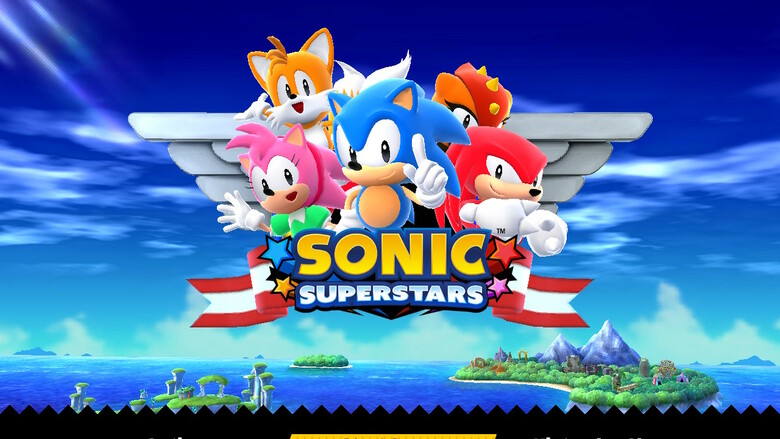
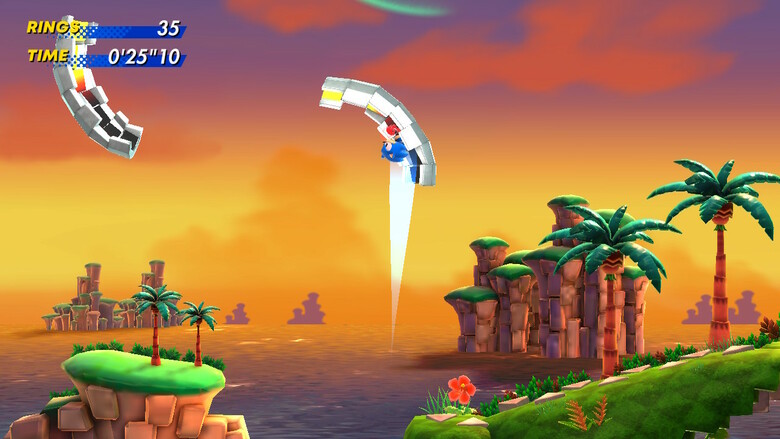
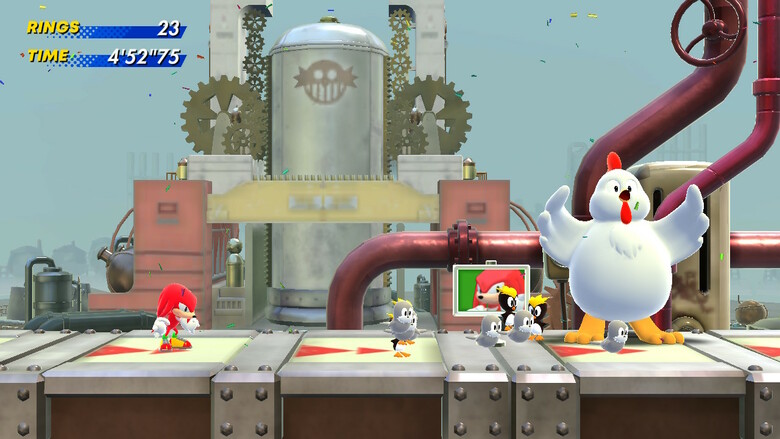
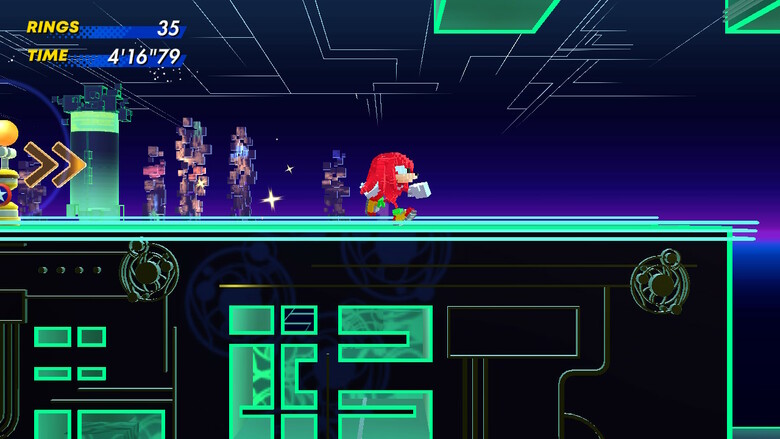
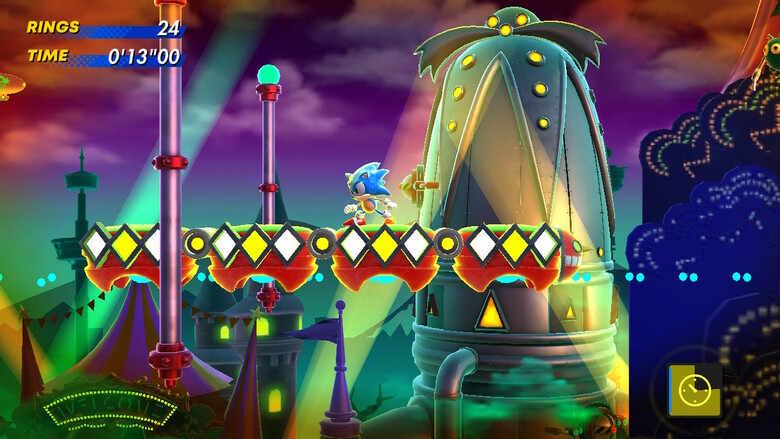
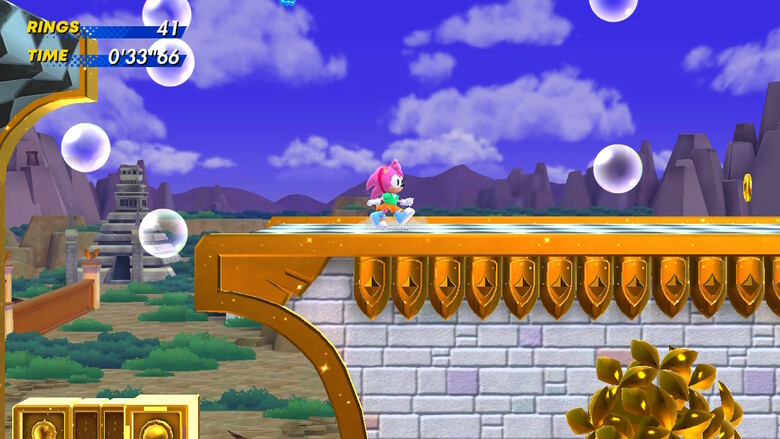
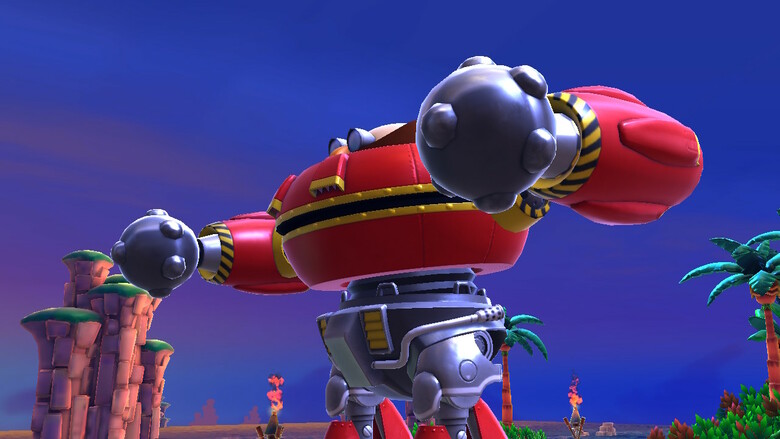
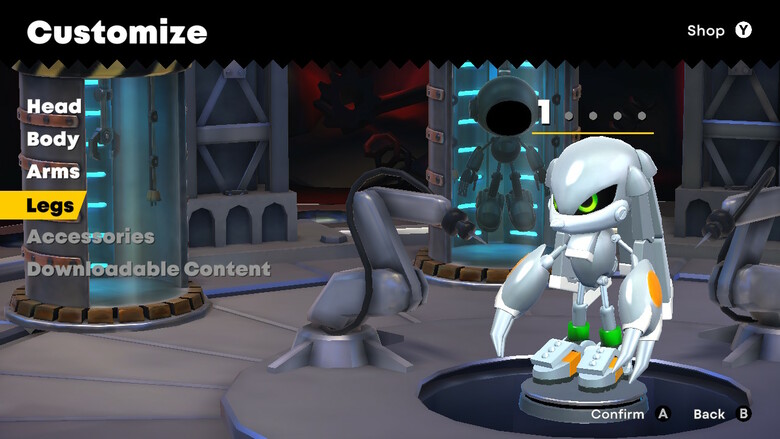
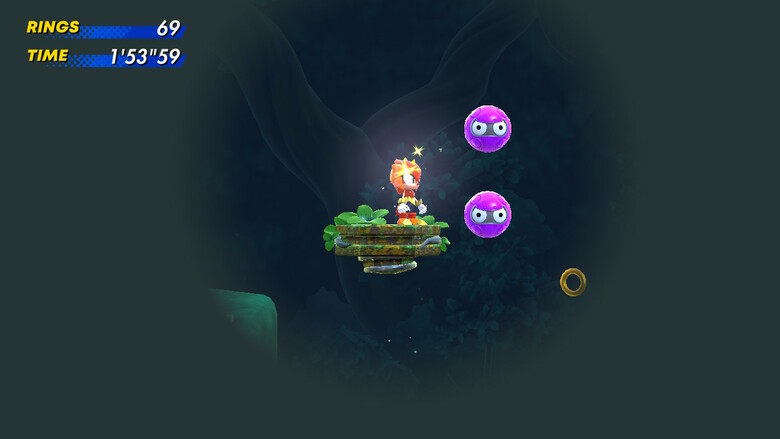
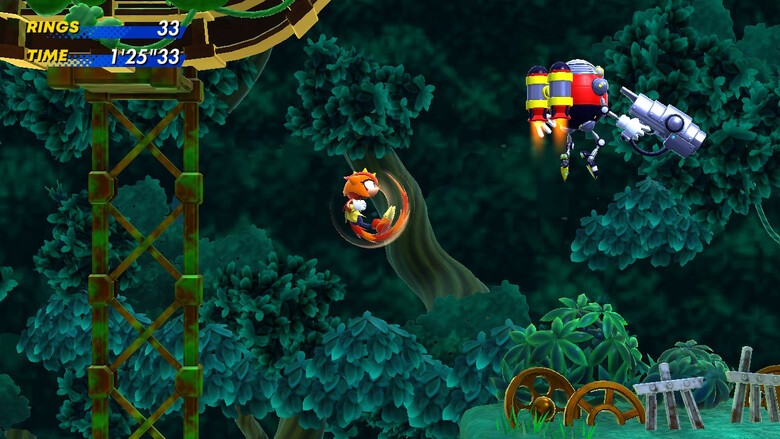
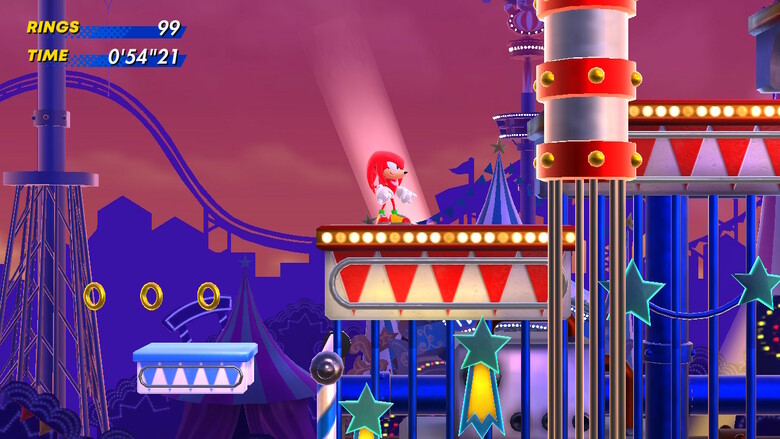
Comments (0)